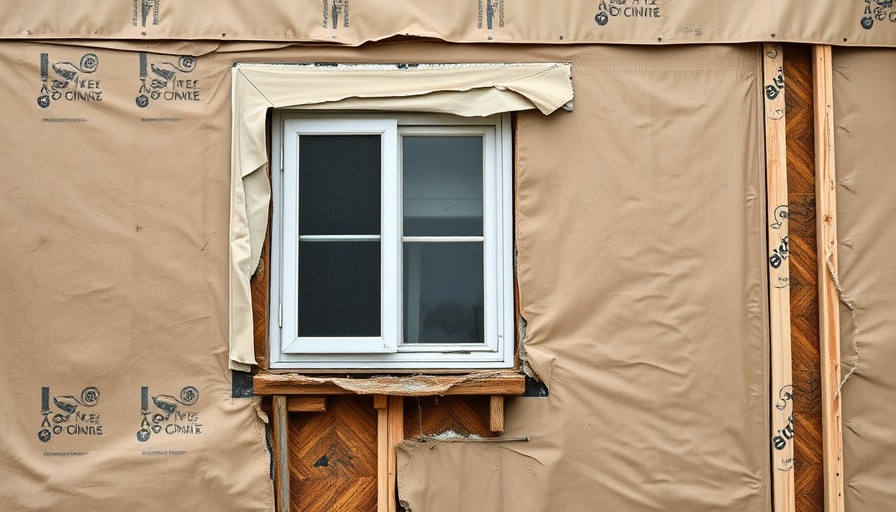
Understanding the Importance of Proper Window Installation
Installing windows might seem straightforward, but countless issues can arise if the process isn’t executed carefully. With improperly installed windows, homeowners may face an array of problems ranging from leaks to energy inefficiency, impacting comfort and driving up utility costs.
The Key Flaws to Avoid in Window Installation
One of the most common installation defects is inadequate sealing. This can create gaps that allow air and moisture to penetrate the home. Additionally, incorrect flashing can lead to water pooling, ultimately causing mold and structural damage. It is crucial for contractors to use high-quality materials and follow the manufacturer’s guidelines strictly to avoid these issues.
Future Trends in Sustainable Window Solutions
The landscape of window installation is changing, with a surge in demand for energy-efficient and sustainable materials. Innovations such as triple-glazed windows and advanced sealing technologies are making homes more energy-efficient, thus reducing long-term heating and cooling costs. For environmentally-conscious consumers, these advancements represent a significant step towards sustainable living.
How Attention to Detail Can Save Costs
Investing time and resources in the installation process can prevent larger and more costly repairs down the line. By employing skilled professionals who are knowledgeable about the latest techniques and technologies in window installation, clients can ensure their investment pays off in the long run.
Practical Tips for Homeowners
Homeowners should be proactive in the installation process. This includes asking about the professional’s experience, ensuring they use quality materials, and checking reviews on their past work. Additionally, being present during the installation can help address any immediate concerns that might arise.
Final Thoughts: Why Quality Matters
In the construction industry, quality must never be compromised, especially with something as crucial as windows that protect against the elements. As technology evolves, embracing new methodologies and materials can dramatically enhance installation quality and longevity.
 Add Row
Add Row  Add
Add 




Write A Comment